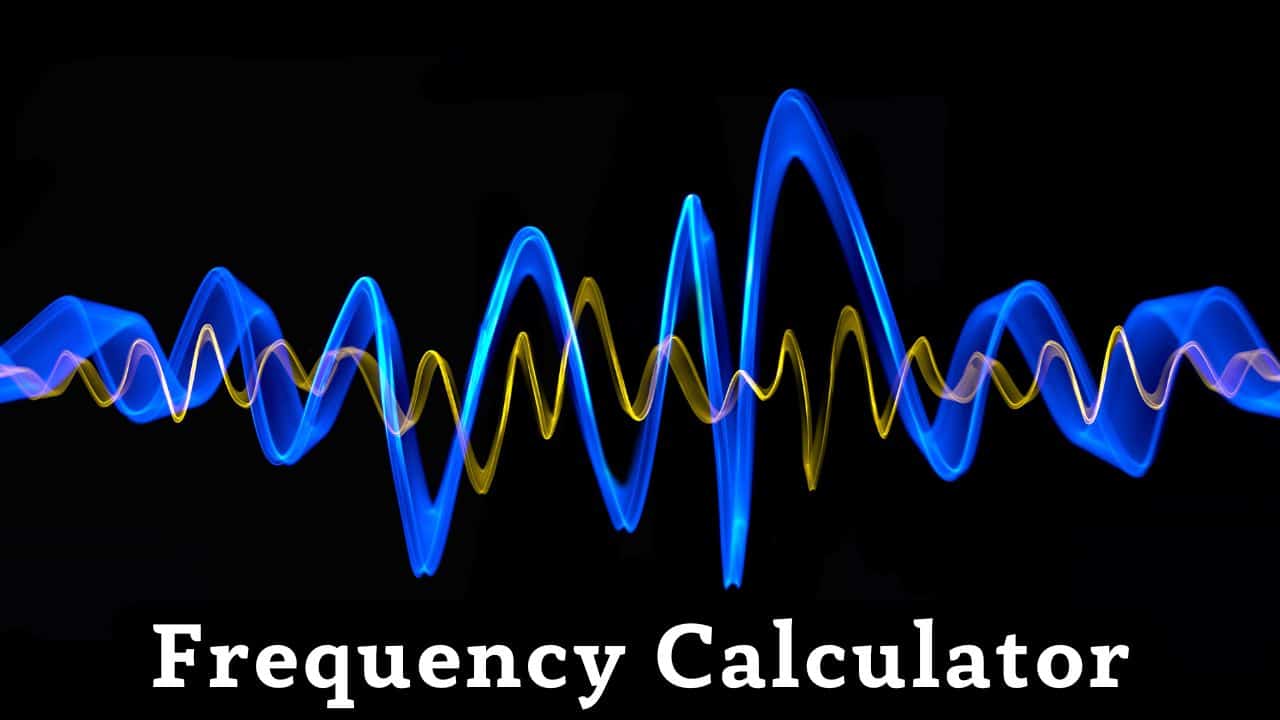
What Exactly is Frequency?
Frequency is the number of complete cycles or oscillations that occur per unit of time. Think of it as counting how many times something repeats itself in one second. Whether it’s a pendulum swinging back and forth, a guitar string vibrating, or electromagnetic waves traveling through space, frequency helps us quantify the rate of repetition.
Key characteristics of frequency:
- Unit of measurement: Hertz (Hz), where 1 Hz = 1 cycle per second
- Inverse relationship: Frequency and period are mathematical opposites (f = 1/T)
- Wave property: All waves have frequency, from sound waves to light waves
- Universal concept: Applies to mechanical, electrical, and electromagnetic phenomena
The Fundamental Formula: f = 1/T
The relationship between frequency and period is beautifully simple and forms the foundation of wave physics. Let’s explore this essential equation:
Understanding f = 1/T:
- f: Frequency – how many cycles occur per second (measured in Hz)
- T: Period – the time it takes for one complete cycle (measured in seconds)
- Reciprocal relationship: As period increases, frequency decreases, and vice versa
- Mathematical beauty: This simple equation connects time and repetition
This formula tells us that if something takes 2 seconds to complete one cycle (T = 2s), then its frequency is 0.5 Hz (f = 1/2 = 0.5). If something completes 1000 cycles in one second, its frequency is 1000 Hz or 1 kHz.
Angular Frequency: The Rotational Connection
When dealing with rotational motion or circular waves, we often use angular frequency (ω), which connects linear frequency to rotational motion through the formula ω = 2πf.
Breaking Down ω = 2πf:
- ω (omega): Angular frequency – measured in radians per second (rad/s)
- 2π: One complete rotation in radians (360 degrees = 2π radians)
- f: Linear frequency in Hz
Angular frequency is crucial in understanding rotating machinery, AC electrical circuits, and wave equations in physics and engineering.
The Wave Equation: v = fλ
One of the most powerful equations in physics connects frequency to wavelength and wave speed. This fundamental relationship governs all wave phenomena.
Understanding v = fλ:
- v: Wave speed – how fast the wave travels (m/s)
- f: Frequency – how often the wave oscillates (Hz)
- λ (lambda): Wavelength – the distance between wave peaks (m)
This equation explains why radio waves can travel around the world, why different colors of light have different properties, and how doctors use ultrasound to see inside the human body.
Real-World Examples and Applications
Example 1: Musical Note A4
Scenario: The musical note A above middle C has a frequency of 440 Hz
Calculation: Period T = 1/f = 1/440 = 0.00227 seconds
Real meaning: The sound wave completes 440 cycles every second, creating the pitch we recognize as the note A
Application: This frequency is used as a tuning standard for musical instruments worldwide
Example 2: WiFi Signal
Scenario: A WiFi router operates at 2.4 GHz frequency
Calculation: f = 2.4 × 10⁹ Hz, so T = 1/(2.4 × 10⁹) = 4.17 × 10⁻¹⁰ seconds
Real meaning: The electromagnetic wave oscillates 2.4 billion times per second
Application: This high frequency allows for rapid data transmission in wireless networks
Example 3: Human Heart Rate
Scenario: A resting heart rate of 72 beats per minute
Calculation: f = 72 beats/60 seconds = 1.2 Hz, T = 1/1.2 = 0.83 seconds
Real meaning: Each heartbeat cycle takes about 0.83 seconds to complete
Application: Medical monitoring uses frequency analysis to assess heart health
Frequency Ranges and Their Applications
Different frequency ranges have unique properties and applications across science and technology:
Audio Frequencies (20 Hz – 20 kHz)
Range: Human hearing range
Applications: Music, speech, audio equipment, acoustic engineering
Examples: Bass notes (~50 Hz), human voice (85-255 Hz), treble notes (~4 kHz)
Radio Frequencies (3 kHz – 300 GHz)
Range: Electromagnetic spectrum for communication
Applications: AM/FM radio, television, cell phones, WiFi, Bluetooth
Examples: AM radio (~1 MHz), FM radio (~100 MHz), cell phones (~900 MHz – 2.1 GHz)
Light Frequencies (400-800 THz)
Range: Visible light spectrum
Applications: Vision, photography, fiber optics, solar panels
Examples: Red light (~430 THz), Green light (~540 THz), Blue light (~670 THz)
